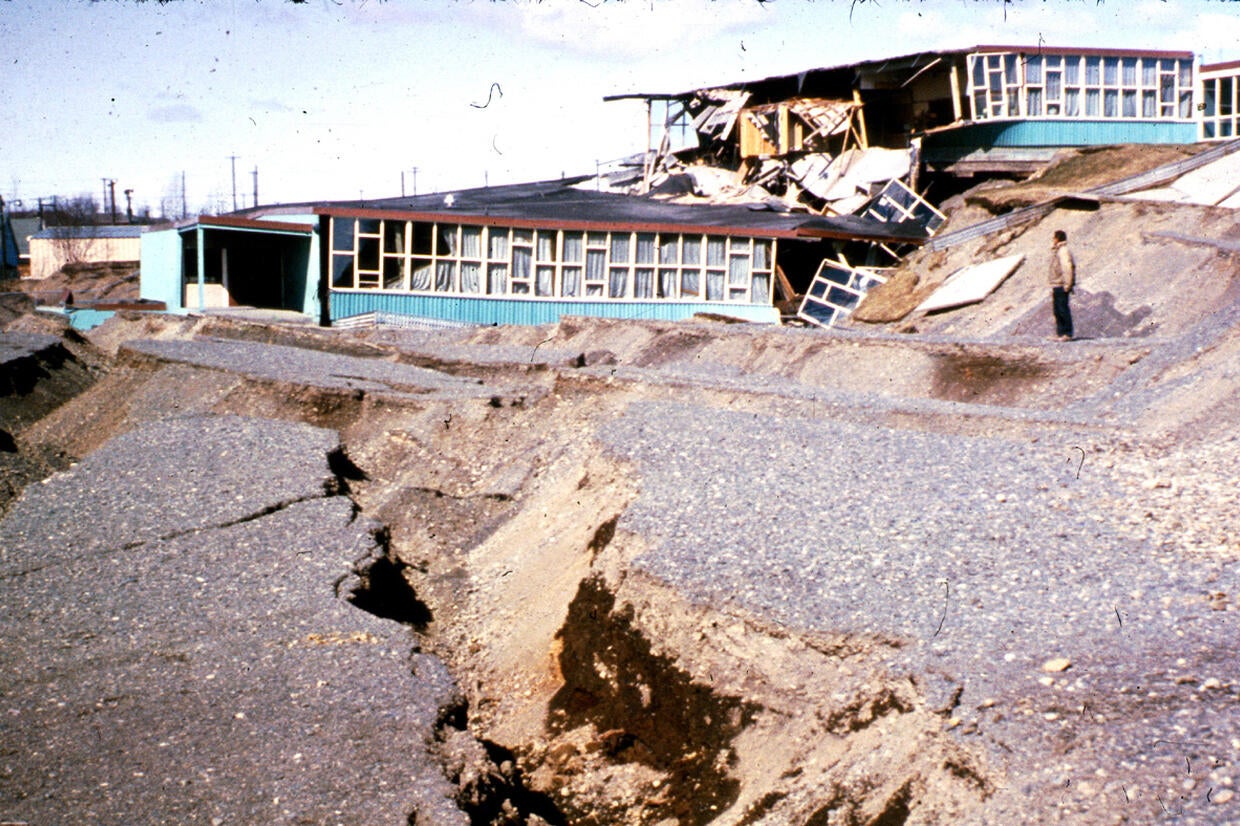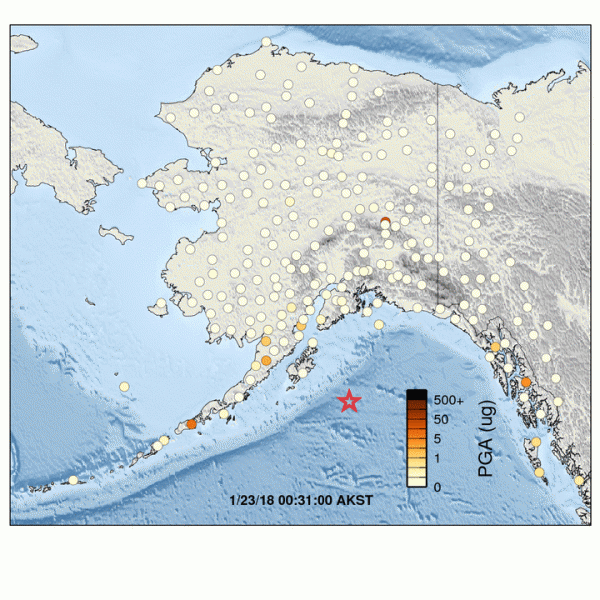

This interaction is complicated by the so-called Yakutat block-a piece of ocean crust carried northward along the Fairweather Fault that is being slowly scraped off onto North America. Elias National Park and Preserve reveal the complex interactions of this plate impinging on southcentral Alaska. To the north, the intersecting mountain ranges in Wrangell-St. To give an idea of how active this fault is, the 2013 magnitude 7.5 earthquake near Craig re-ruptured a part of the fault that had previously ruptured as recently as 1949, in a magnitude 8.1 earthquake (Holtkamp and Ruppert 2015). Motion along this fault is quite fast, about two inches per year, so the Queen Charlotte-Fairweather Fault system regularly produces major strike-slip earthquakes in the magnitude 8 range. Looking at this feature, it is easy to imagine the tectonic plate under the Pacific Ocean sliding north beside Alaska’s panhandle. On a map of Glacier Bay National Park and Presere, you will see the Fairweather Fault marked by a deep trough that parallels the coast and separates the coastal foothills from the Fairweather Range. To understand earthquakes in Alaska’s parks, start by looking at the landscape itself (Koehler 2013). We will also point to some resources that can help park managers to plan, and we will describe an approach to contextualize the hazards that we feel might connect with visitors. In this article, we will offer a brief outline of Alaska’s earthquake activity as it relates to the national parks, followed by a discussion of preparedness for earthquake and tsunami disasters.
#Alaska quake center how to#
Just like dangerous wildlife, the perspective of park managers should include not only how to keep people safe, but also how to convey awe for the powerful role that these forces play in the park. Earthquakes and tsunamis are as much a part of what makes the parks wild as bears and wolves. Southeast’s dramatic coastline and the Denali Massif’s incredible relief are products of the forces that shaped and continue to shape the parks. Second, earthquake hazards are inseparable from what makes the parks valuable in the first place. First, the parks’ hazards are as different as the parks themselves. This illustrates two points about earthquake hazards in Alaska’s national parks. Alaska’s fjords, beaches, and bays-the very features that draw visitors-are some of the most dangerous places a person could be when a major quake strikes. Away from the coast, many visitors and employees are likely to be outside or in relatively modest structures where most should be fairly safe, even though park infrastructure might be severely damaged.

But the earthquake remains a useful case study for Alaska’s national parks.

Alaska is far more populated and has infrastructure and critical facilities only dreamed of fifty years ago. Many older stories passed down by Alaska Native groups contain themes of violent ground shaking and waves washing people into the ocean.Īn event comparable to 1964 would play out differently now (West et al.
#Alaska quake center full#
Diaries from the Russian period describe canoes full of men lost and villages washed away by tsunamis after strong earthquakes. This pattern of violent earthquakes followed by deadly tsunamis has been a constant throughout Alaska’s historical record (Lander 1996). The tsunamis that ensued were responsible for more than one hundred casualties. This shaking triggered landslides, avalanches, and ground failures all across southern Alaska.

Photo courtesy of Alaska Earthquake CenterĪlaskans who lived through the 1964 magnitude 9.2 Great Alaska earthquake described shaking so fierce that it felt like being tossed in a boat on the sea. In steep fjords, where landslide-generated tsunamis can strike within minutes of an earthquake, public education and marked evacuation routes are critical to survival. Tsunami evacuation signs at Lowell Point, near Kenai Fjords National Park.


 0 kommentar(er)
0 kommentar(er)
